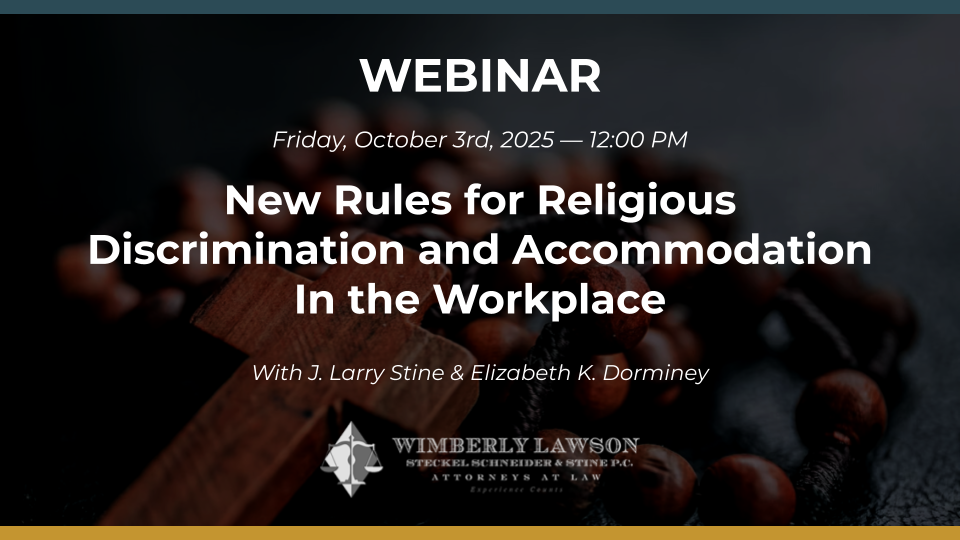Does Your Workplace Need Active Shooter Training?
Most workplaces practice fire drills once or twice a year, even though they have never experienced a fire (and hope they never will). But how many workplaces practice a response to other crises, such as an active shooter?
If you run a search of the terms "active shooter training," you will find that there are a number of companies that provide active shooter training to companies and individuals. It is also interesting to see how active shooter training has evolved. In the past, employees generally were taught to duck and hide from an active shooter. Now, some programs train employees to be more active; they should run from the scene, actively disrupt and confuse a shooter, or even try to physically take down a shooter. For example, the Department of Department of Homeland Security has recommended that federal workplaces adopt the training program "Run, Hide, Fight," which it helped develop.
Demand for active shooter training generally increases after a highly publicized mass shooting. Realistically, does your workplace need this training? What is the risk that any of you will encounter an active shooter? Like the fire drill analogy above, you may never need the training, but is it better to make sure that all employees know what to do in the event of an active shooter?
It is also important to take steps to prevent an active shooter from putting your employees at risk. In fact, OSHA requires it. Although there are no specific OSHA standards for workplace violence, under OSHA's General Duty Clause, Section 5(a)(1) of the Occupational Safety and Health Act of 1970, employers are required to provide their employees with a place of employment that is "free from recognized hazards that are causing or are likely to cause death or serious harm." The courts have interpreted OSHA's general duty clause to mean that an employer has a legal obligation to provide a workplace free of conditions or activities that either the employer or industry recognizes as hazardous and that cause, or are likely to cause, death or serious physical harm to employees when there is a feasible method to abate the hazard. An employer that has experienced acts of workplace violence, or becomes aware of threats, intimidation, or other indicators showing that the potential for violence in the workplace exists, would be on notice of the risk of workplace violence and should implement a workplace violence prevention program combined with engineering controls, administrative controls, and training.
Do your employees know what to do in the event of an active shooter? Even if you do not believe that active shooter training is necessary, at a minimum, you should have a written plan in place to deal with that type of crisis, and you should review the plan with employees periodically.

Kathleen J. Jennings is a former principal in the Atlanta office of Wimberly, Lawson, Steckel, Schneider, & Stine, P.C. She defends employers in employment matters, such as sexual harassment, discrimination, Wage and Hour, OSHA, restrictive covenants, and other employment litigation and provides training and counseling to employers in employment matters.
Related Content
Get Email Updates
Recent Content

Trump Nominates Appointments to NLRB and EEOC but Policy Changes Likely to Be Delayed

DOL Launches Self-Audit Programs Designed to Help Employers Improve Compliance

DOL Must Release EEO-1 Reports to the Public under Open Records Laws

Current Advice on Active-Shooter Situations

New Policy for Federal Workers and Religious Expressions

